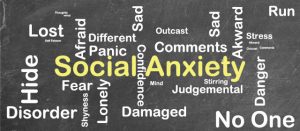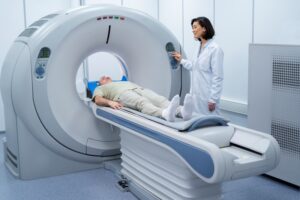
Paresthesia can be chronic or temporary. In case chronic Paresthesia is suspected, then it is important to see a doctor. Usually temporary Paresthesia gets resolved without any treatment. Temporary Paresthesia can be experienced by anyone. With age, the risk of getting radiculopathy increases.
What causes paresthesia of skin?
Causes of chronic Paresthesia include repetitive movements, deficiency of vitamin C or any underlying disease. Treatment is often necessary to treat chronic Paresthesia and the disease many not go away completely.
Paresthesia gives a feeling that the skin is crawling, itching and gets numb, for no apparent reason. At some time or the other, Paresthesia is experienced by a lot of people. When legs or arms ‘fall asleep’ at times people get a feeling of needles and pins. This is because pressure is put on a nerve inadvertently. Once the person changes position, pressure is removed from the affected nerve and the feeling is resolved usually. Paresthesia of this type is temporary and without any treatment, it gets resolved. If in case the condition persists, then it is an indication of medical disorder requiring treatment.
Poor circulation for brief periods, while sitting cross legged for longer periods or falling asleep on the hand can cause pressure on a nerve leading to a condition called Paresthesia. Neuropathy and radiculopathy are the two kinds of damage to the nerve indicating chronic Paresthesia.
Any part of the body can get affected by Paresthesia and symptoms include a feeling of coldness, tingling numbness, burning and weakness in the feet, legs, arms or hands. Stabbing pain may be caused leading to clumsiness in the affected body part. Difficulty in walking is experienced if feet and legs are affected by Paresthesia.
Diagnosis is done by the doctor by checking medical history, considering health conditions, full physical examination, X rays, MRI scans or CT scans depending upon the need. Spinal tap, blood work and other lab tests may be done to rule out other diseases.
Treatment for Paresthesia includes physical therapy and few adjustments in lifestyle. If a particular treatment does not work then another treatment plan can be adjusted.








